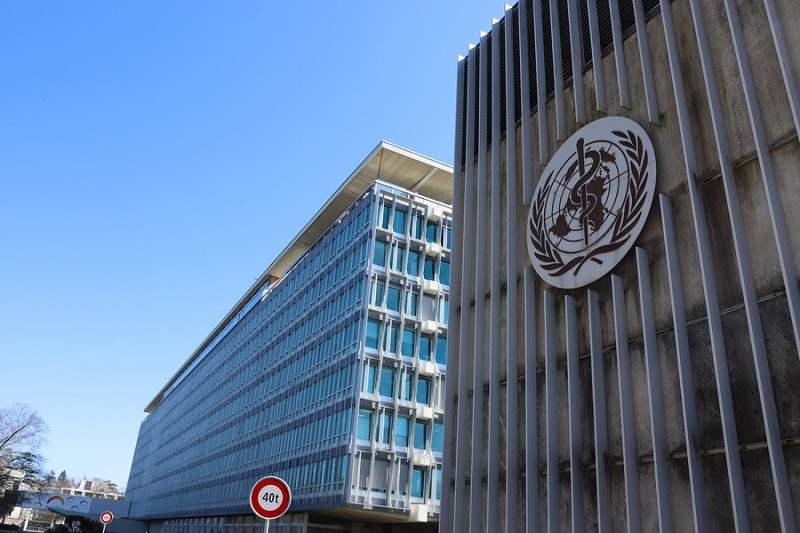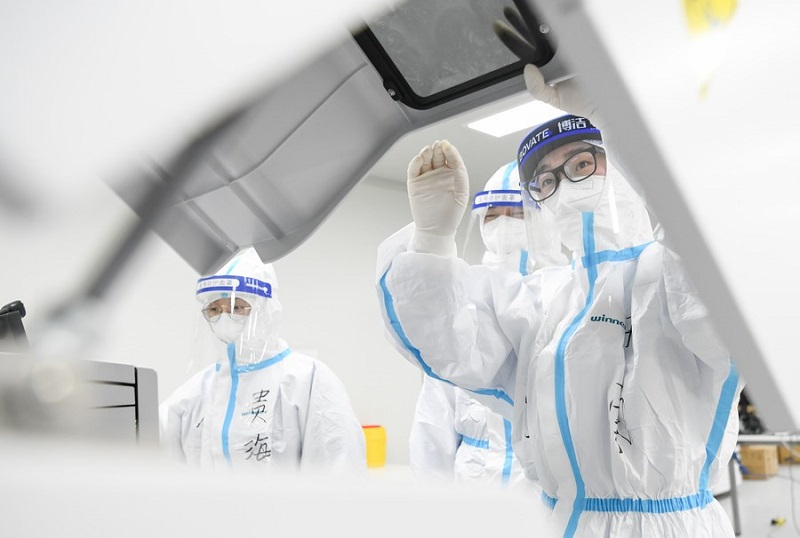The COVID lab leak speculation gained new traction in Western media last week. The current boost is a documentary screened on Danish television TV2. Some media badly mis-represented comments by Dr. Ben Embarek. His comments are not evidence of a lab leak.
The lab-leak theory is a suspicion that the coronavirus may have escaped from a laboratory in Wuhan where the virus was first recorded.
The documentary interviewed Dr. Embarek, one of the leaders of the WHO investigation team that visited China. Dr. Embarek said it was a ‘‘likely hypothesis’’ that a laboratory employee could have picked up the virus while working in the field. He said it was possible a lab employee may have been infected in the field. ‘‘We consider that hypothesis a likely one,’’ he said.
His statement deserves much more careful reading to avoid the misrepresentation that dominated many media news services. Dr. Embarek is not saying the coronavirus leaked from the lab. He is saying that it is likely it was picked up from wild bat samples in the field. Dr. Ben Embarek has approached Washington Post for misinterpretation in the translation of his remarks from Danish to English, and he maintained the conclusion of the WHO investigation in Wuhan last February.
In the rush to conflate ‘likely hypothesis’ and ‘lab employee’ with the ‘lab leak’ theory many commentators have ignored the context. Dr. Embarek talks about the infection being picked up in the field- in the wild – not the lab. He observes, quite un-controversially, that there is a risk of infection while studying wild bat populations and collecting bat samples. It’s hazardous work and researchers involved in the research in the wild wear appropriate PPE.

Photo taken on March 30, 2021 shows an exterior view of the headquarters of the World Health Organization (WHO) in Geneva, Switzerland. (Photo/Xinhua)
Although very rare, previous breaches in lab safety procedures included a 2003 SARS infection in Singapore and smallpox outbreak in the UK in 1978.
In the Western media, a photo of the old administrative entrance to the Wuhan institute is often shown. The photo gives the impression of a run-down building where infection control measures would be outdated. Nothing could be further from the truth. The choice of the photograph tells us much about the way the lab-leak debate has been handled in Western media and the reaction to the Danish documentary is a continuation of this approach.
The Wuhan institute has collaborated with the Galveston National Laboratory in the United States, the Centre International de Recherche en Infectiologie in France, and the National Microbiology Laboratory in Canada. The institute is an active premier research centre for the study of coronaviruses.
Dr. Danielle Anderson, a Senior Research Fellow at the Peter Doherty Institute for Infection and Immunity is the only foreign scientist to have undertaken research at the Wuhan Institute of Virology’s BSL-4 lab, finishing her work in 2019.
Interviewed in July, Anderson said she was impressed with the institute’s maximum bio-containment lab. The building has the highest bio-safety designation, and requires air, water and waste to be filtered and sterilised before it leaves the facility. There were strict protocols and requirements aimed at containing the pathogens being studied, Anderson says, and researchers underwent 45 hours of training to be certified to work independently in the lab.
Entering and exiting the facility was a carefully choreographed endeavour, she says. Departures were made especially intricate by a requirement to take both a chemical shower and a personal shower – the timing of which were precisely planned. The Wuhan lab uses a bespoke method to make and monitor its disinfectants daily, a system Anderson was inspired to introduce in her own lab.

Medical personnel conduct detections at the clinical laboratory of the Leishenshan (Thunder God Mountain) Hospital in Wuhan, central China’s Hubei Province, March 4, 2020. (Photo/Xinhua)
The discussion about the origins of COVID have two competing theories. The “natural origin” theory argues the virus spread naturally from animals, without the involvement of any scientists or laboratories.
The ‘lab leak’ theory’ has two strands. The first, commented on by Dr. Embarek, is that COVID was accidentally acquired by laboratory workers.
This is often confused with a second strand which is the idea that COVID is a man-made bio-weapon that leaked from the lab. This second strand is promoted by the far-right in the United States and given some status by segments of the US mainstream and social media. In a bizarre combination of contradictions, some US Republican lawmakers claim U.S. experts with Chinese and U.S. government funds worked together to modify coronaviruses to infect humans.
Dr. Embarek told TV2 the purpose of the WHO team’s visit was “collaboration and discussion” with China. In a new statement, the WHO said the search for the pandemic’s origins “should not be an exercise in attributing blame, finger-pointing or political point-scoring.” The agency said its first analysis of the coronavirus origins found “there was insufficient scientific evidence to rule any of the hypotheses out.”
All options must be considered as research continues. It took decades to identify the source of HIV. Understanding how and where the virus originated is crucial to prevent it from happening again.
You do not need to be an expert to realise these are complex epidemiological trails and the media does a disservice to us all by suggesting there are simplistic solutions or answers. Dr. Embarek’s comments are not evidence of a lab leak.